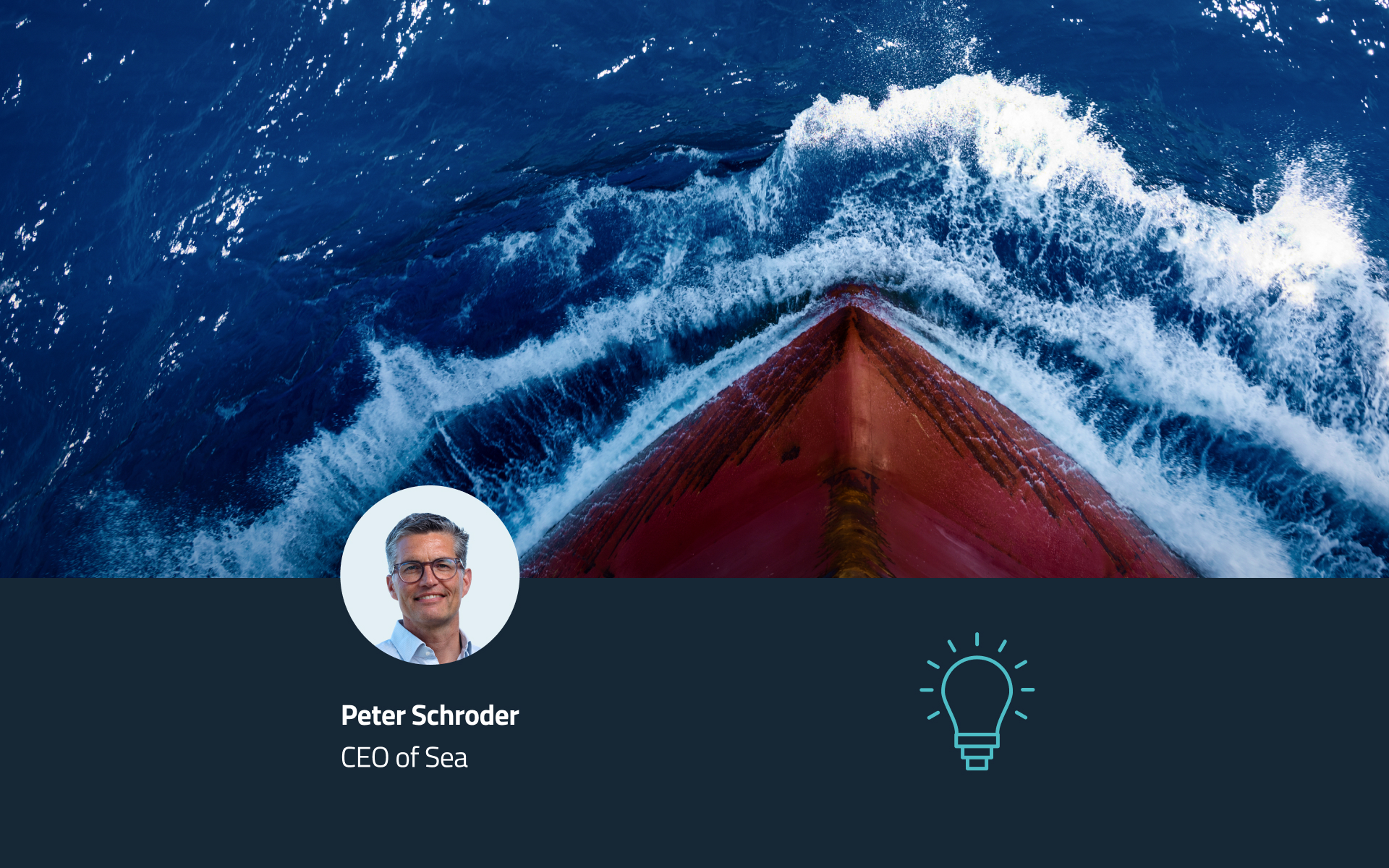Earlier this month, the IMO confirmed the addition of a new “Fuel Oil Consumption and CII Reporting Dataset” to its IMO Compendium — bringing over 140 emissions-related data fields into a standardised format for the first time.
Standardisation: A step towards simplicity and consistency
The dataset isn’t regulation, but it does represent a shift. It points to a more unified way of working, offering clarity around what’s reported, how it’s recorded, and which stakeholders are involved. Backed by BIMCO, IACS and major classification societies, including Lloyd’s Register and DNV, it reflects a coordinated industry effort to simplify environmental reporting.
So, why is this significant? Standardisation introduces consistency. For charterers, brokers and operators, a standard structure could streamline how mandatory requirements like CII, DCS, EU MRV and FuelEU Maritime are fulfilled. Instead of switching between formats or reconciling conflicting templates, it sets the stage for a more joined-up reporting experience and carbon strategy — where time is spent interpreting data rather than formatting it.
How does this translate into real-world benefits?
Here’s what that could mean in practice:
- Less time spent reconciling conflicting formats or chasing missing fields
- A more confident route to compliance with regulations across jurisdictions
- Improved ability to benchmark performance across fleets and vessels
- Stronger foundations for carbon strategy, thanks to clearer, cleaner data
- Greater trust in data, with accredited verification from classification societies
Harnessing the potential of your emissions data
That’s where this development could have real impact. The benefit isn’t just in collecting data — it’s in using it. With more consolidated emissions reporting, the foundations are stronger for integrated carbon management. Operators can more easily track trends, progress, and act on insights with greater confidence.
At Sea, we see this as an important step forward. Not just because it simplifies what’s required, but because it strengthens the case for a connected, digital approach to carbon management. A standard dataset helps. But it’s how that data is applied — visualised, analysed, shared — that will define the decisions that follow.
We’re continuing to watch these updates closely and adapt our solutions to stay aligned. Sea’s carbon management solutions are built to support this shift — giving shipping professionals the clarity, oversight and confidence to act on the data in front of them.
To learn more about how Sea supports more confident emissions reporting, click here.
Share this article
Don’t miss the latest news and insights - subscribe to our newsletter
For press enquiries, please email news@sea.live




